Challenges
Our client faced several challenges:
Manual Testing Limitations
Manual testing was slow and prone to human error, leading to delays and inconsistencies.
Resource Constraints:
The QA team was overwhelmed with the workload, resulting in inefficient use of resources.
Inconsistent Processes
Lack of standardized QA processes led to variability in test results and quality.
Long Release Cycles
The time required to release updates and new features was lengthy, affecting the company's ability to respond quickly to market demands.

Proposed Solution
Our Client decided to implement fresh QA systems, processes, and automation to address these challenges. The new QA initiative aimed to:
Increase Efficiency
Speed up the testing process by automating repetitive tasks.
Improve Accuracy
Reduce human error and ensure consistent test results.
Standardize Processes
Implement standardized QA processes to ensure uniformity and reliability
Shorten Release Cycles
Reduce the time required for testing and release cycles, enabling faster response to market demands.
TOOLS & TECHNOLOGIES IDENTIFIED & USED
Our Client implemented several tools and technologies to enhance their QA systems, processes, and automation
Selenium
For automating web browser testing, ensuring functional and regression tests are conducted efficiently.
JIRA
Used for test management and tracking, integrating seamlessly with other QA tools.
TestComplete
A tool for creating automated tests for desktop, web, and mobile applications.
Cypress
A modern web testing tool that provides a fast, easy-touse, and reliable testing xperience.
Katalon Studio
An integrated environment for web, API, and mobile testing, supporting both manual and automated testing.
GitLab CI/CD
A continuous integration and continuous deployment tool that integrates automated tests into the development pipeline.
Apache JMeter
An opensource tool for performance testing, used to simulate heavy loads on web applications.
Postman
A collaboration platform for API development, used for API testing and monitoring.
Appium
An opensource tool for automating mobile and desktop application testing.
QA Wolf
A tool for fast test creation and ease-ofuse, specially for teams new to automation.
Implementation Approach:
Assessment and Planning
Conducting a thorough assessment of the existing QA processes and identifying areas for improvement and automation
Tool Selection
Choosing the right automation tools and frameworks, such as Selenium for web testing and JIRA for test management.
Process Standardization
Developing standardized QA processes and documentation to ensure consistency across teams.
Test Script Development
Creating automated test scripts to cover critical test cases and scenarios.
Training and Development
Providing training to the QA team on automation tools and best practices.
Continuous Integration
Integrating automated tests into the CI/CD pipeline to ensure continuous testing and early detection of issues.
Monitoring and Maintenance
Implementing a system for continuous monitoring and maintenance of automated tests to ensure their effectiveness.
Our Client agreed and followed the structured selection process to implement fresh QA systems, processes, and automation.
Needs Assessment
Conducted a thorough assessment of the existing QA processes to identify gaps and areas for improvement.
Requirement Gathering
Collected detailed requirements from stakeh olders, including the QA team, developers, and business users, to understand their needs and expectations.
Market Research
Researched various QA tools and technologies available in the market, focusing on those that best met their specific requirements.
Tool Evaluation:
Evaluated potential tools based on criteria such as functionality, ease of use, integration capabilities, cost, and support.
Proof of Concept (PoC)
Conducted a proof of concept for shortlisted tools to test their effectiveness in a real-world scenario.
Stakeholder Feedback
Gathered feedback from stakeholders involved in the PoC to assess the tool's performance and usability.
Final Selection
Made the final selection based on the evaluation results, feedback, and overall fit with the company's goals and budget.
Implementation Plan
Developed a detailed implementation plan, including timelines, resource allocation, and training schedules.
Training and Development:
Provided comprehensive training to the QA team and other relevant stakeholders on the new tools and processes.
Continuous Monitoring and Improvement:
Implemented a system for continuous monitoring and improvement to ensure the effectiveness of the new QA systems and processes.
This structured approach helped Our Client successfully implement fresh QA systems, processes, and automation, leading to improved efficiency, accuracy, and overall quality.
These tools and technologies collectively enabled Our Clientto streamline their QA processes, increase efficiency, and improve the overall quality of their internal processes and applications.
Final Outcome:
Increased Efficiency
Automation reduced the time required for testingby 50%, allowing for faster product releases.
Improved Accuracy
Automated tests provided consistent and reliable results, reducing the occurrence of human error.
Standardized Processes
The implementation of standardized QA proc esses ensured uniformity and reliability in test results.
Shortened Release Cycles
The time required for testing and release cycles was significantly reduced, enabling faster response to market demands.

Conclusion
Our clients QA initiative successfully improved their QA processes, making them more efficient, accurate, and standardized. The adoption of automation tools
and standardized processes played a crucial role in achieving these results, demonstrating the value of fresh QA systems, processes, and automation in enhancing overall quality and efficiency


